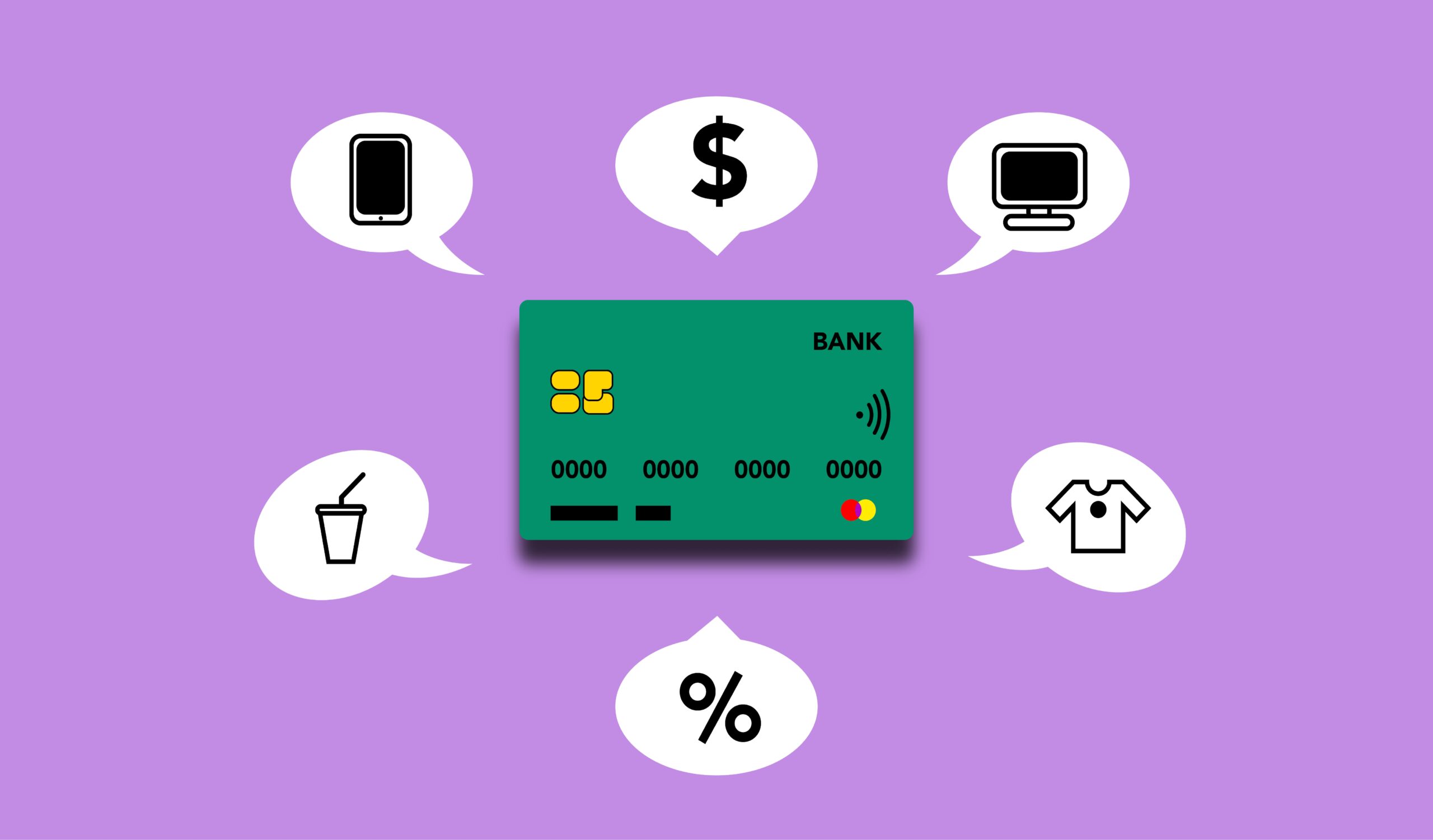According to a recent study by Stats Canada published at the end of March, Canadian credit card debt has increased to $91.5 billion. That amounts to a 13.8% increase in December 2022. If you’re looking to reduce your credit card use and to bring down your debt, consider trying some of these suggestions:
Set up a weekly spending budget: One way to cut impulse buying is by setting up cash envelopes with allotted amounts for groceries, bills, transportation and sundries. In some cases, you might not be able to use cash as many companies have gone digital since the pandemic. You can still track these expenditures by keeping receipts, using a shopping list and having a good idea of how much your final bill will be. With the increase in inflation this year, our baskets are less full but our bills are higher. So consider shopping with a calculator.
Freeze your spending: Another way to prevent yourself from overspending is by freezing your credit cards. Just put them in a zip bag and then a plastic container full of water. Snap on the lid and tuck it away in your freezer. In case of an absolute emergency, just run hot water on the block of ice to free your card.
Consider budgeting with gift cards: A creative way of budgeting is by using gift cards. Major grocery stores, coffee shops, streaming companies, shopping malls, and many more types of stores offer pre-paid gift cards. The important thing is to not get carried away with how much you put on a card. For example, if you’ve budgeted to buy $200 worth of groceries every two weeks, then that should be the amount on your card each time. Like in the first point, be sure to shop with a list and track the cost of the items in your basket as it fills up.
For more ideas on how to slash your debt and tip on budgeting, browse through the “Learn and Grow” section of the CEIRP website.






